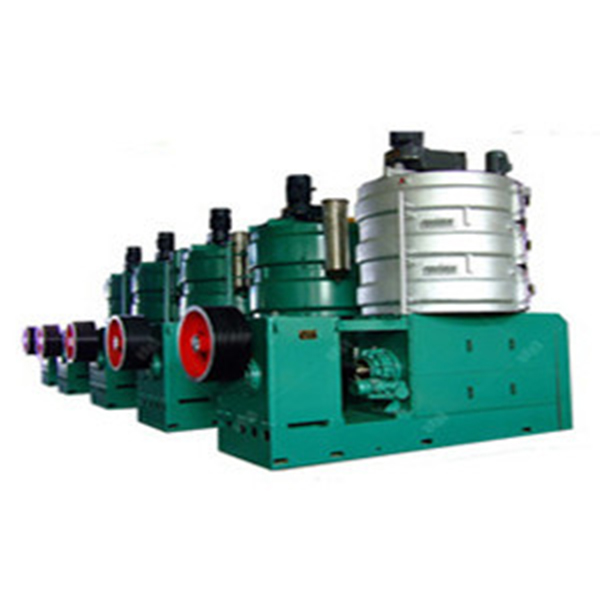As the demand for health-conscious oils increases, walnut oil stands out as a nutrient-rich option. My goal is to share cutting-edge techniques and practices in walnut oil extraction that guarantee enhanced yield and superior quality. In this discussion, we delve into the latest technological advancements in the extraction process, providing you with insights to optimize production efficiency.
Walnut oil extraction involves a series of processes aimed at maximizing oil yield from walnuts. Understanding the characteristics of walnuts and the properties of oil can lead to better extraction methods. The oil content of walnuts varies between 60-70%, and selecting the right extraction technique is crucial for optimal yield.

1. Cold Pressing Method: This technique involves mechanically pressing walnuts without applying heat. By avoiding high temperatures, the flavor and nutritional properties are preserved, leading to higher-quality oil.
2. Solvent Extraction: Utilizing food-grade solvents, this method can increase oil yield significantly. However, it’s vital to thoroughly remove solvents from the final product to ensure safety and quality.
3. Supercritical CO2 Extraction: This advanced method uses supercritical carbon dioxide as a solvent, offering efficient extraction while maintaining the integrity of the oil. It’s gaining popularity for high-value oil production.
Implementing best practices in walnut oil production can drastically improve yield and quality:
By adopting innovative extraction methods and best practices, producers can significantly enhance walnut oil yield and quality. As trends in healthy oils continue to rise, staying at the forefront of technology will position your business favorably in the market. I encourage you to explore these techniques and integrate them into your production process for superior results.
Let's connect and discuss further on how these techniques can be implemented effectively in your walnut oil extraction business.


